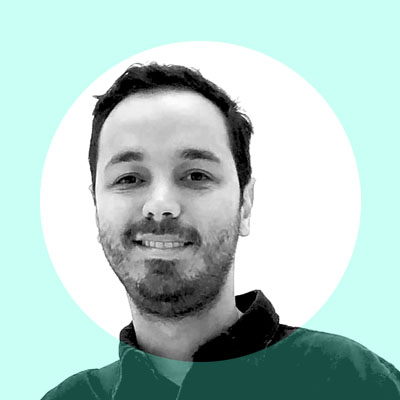
For this edition of our In Practice series, tracing the career trajectories of MA Narrative Environments alumni, we catch up with Andres Restrepo, a 3D designer at the independent experience design company Imagination.
Name: Andres Restrepo
Current role: Mid-weight 3d designer at Imagination
– Tell us about a narrative environment you’ve worked on since graduating.
Last summer I worked in the design of Major League Baseball ‘London Yards’, a three-day festival celebrating all things baseball. It involved digital and physical baseball activations, screenings of the London Series, ballpark-inspired food and drink, and live music and DJs.
Major League Baseball played their first ever regular season games in Europe between the New York Yankees and Boston Red Sox, the tickets for the games sold out very quickly and our task with London Yards was to reach out beyond those avid baseball fans in the stadium and engage with a new and a younger generation of fans.
The graphic and spatial design was inspired by iconic and classic elements of the baseball culture and the stadiums merged with a contemporary, bold and industrial atmosphere.

credit: Andres Restrepo / Imagination

credit: Andres Restrepo / Imagination

credit: Andres Restrepo / Imagination
– What’s the most unexpected collaboration you have been involved in?
Recently we collaborated with a Japanese plant guru as we are developing a hospitality space for a brand for the Tokyo Olympics, I am a plants enthusiast myself and there is a silly amount of plants in my little flat.
This unexpected collaboration, apart from being a delight for me, was very useful for the design of the space in terms of reinforcing the story that we wanted to tell, as well as creating shadowing and spaces with lower temperatures without using air conditioning or building canopies.
Some of the green spaces will be accompanied by stories of the Japanese and will remain in the space after the event has taken place.
– Is there a current narrative environment you would recommend people to visit?
Because of the pandemic, the Faroe Islands are closed to tourists until further notice.
They came up with the idea of creating virtual tours of the Islands (remote-tourism) in a very interesting way, a Local Faroese is equipped with a camera and microphones while people all over the world connected through their websites ‘control’ the tour guide movements with their computer keyboards at the same time they can ask questions and the person tells stories and facts of the spaces visited.
I just thought it was a quite innovative and fun way of doing tourism.
– What narrative environment method or approach have you found useful in your practice?
I think the research is crucial, when you propose the shape and the materiality of a space you need to have a reason, you got to be able to not only persuade your client but the user of the space needs to experience through all their senses that the space in which they are corresponds to the story that they are being told. Rigorous research should always dictate the shapes you propose, sometimes the space itself is the narrative so it’s crucial that every single element and material is curated carefully in order to deliver a coherent and engaging experience.
I think storyboarding is key. Being able to contemplate the different spaces and moments of your experience is fundamental.
– What advice would you give a current student about to graduate?
I would say that trying to balance research with creativity is vital. If your ideas are good don’t be scared of coming up with crazy or unusual proposals.
Don’t worry if you don’t have a huge portfolio,that will come with time.
Always be curious, ask anything and always express yourself confidently using the different methods learned in the course.
In the industry people are used to the same old strategies and ideas, your fresh input and follies are highly valuable in a world where everything (most of it) has been done.